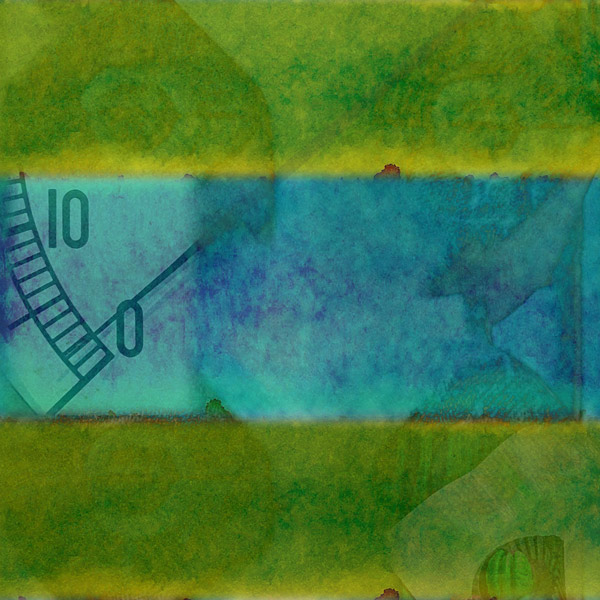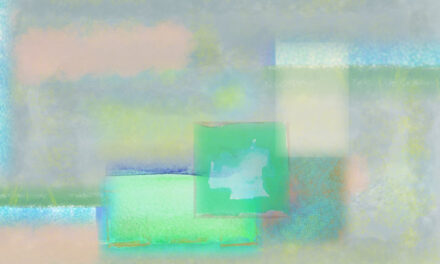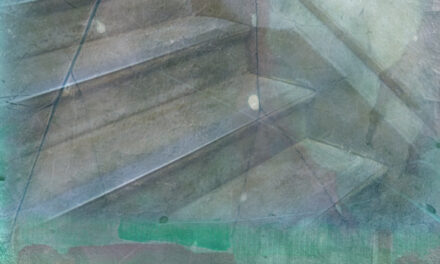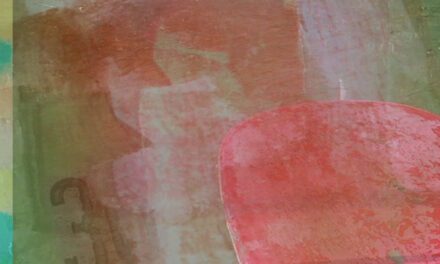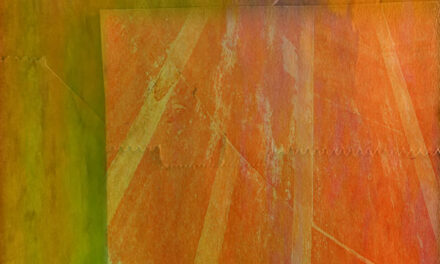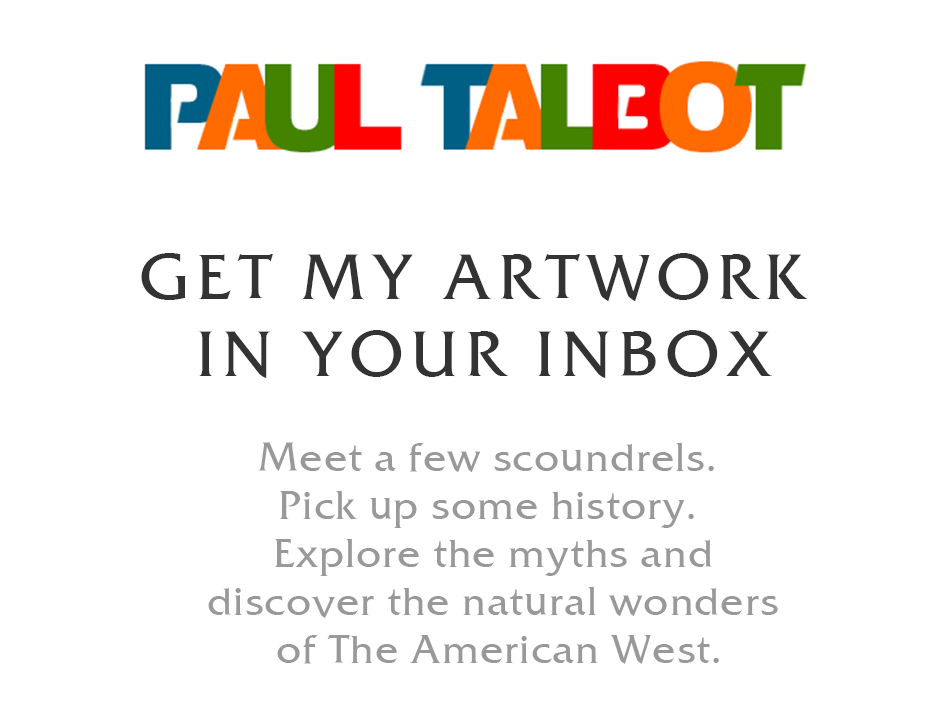Chaco Culture National Historical Park reminds us how much remains hidden from even the most knowledgeable eyes.
Warm winds carry centuries of mystery curling through the pre-Columbian ruins.
Archaeologists can only speculate. Their knowledge comes up short and they can’t say for sure what happened here and why. They run up against an intrigue that leaves even the most simple questions unanswered.
For centuries, the people who lived in Chaco Canyon studied the nighttime sky. They diligently recorded the procession of planets and stars.
They saved their findings and used them to bring the heavens they revered to earth.
They mapped out the layout of their pueblos to follow the movements of the heavens.
But nobody knows why the Chacoans wanted their buildings to align with solar and lunar cycles.
And nobody knows for sure why they up and left.
Sometime early in the twelfth century, they abandoned Chaco Canyon after living there for roughly 250 years. Some say it might have been the result of a fifty-year drought.
Whatever happened, their decision to leave would not have been impulsive. These were not nomads following the seasons. They were the builders of a civilization.
The Chacoans designed and constructed North America’s largest building. Nothing like it, no larger structure would appear on the continent until centuries later. Chaco Canyon would not be eclipsed in size until the 1800s.
What the Chacoans built had never been built before. There was no architectural antecedent. Their great houses were five floors tall, the first of their kind.
In what we now know as the Chaco Culture National Historical Park, they constructed kivas, ceremonial buildings for their worship. For their survival and trading, they built separate structures for food storage.
An elaborate network of roads and paths wove together all these buildings, constructed of sandstone and mud mortar, their frames hewn from timber hauled in from far away.
They built all these buildings in Chaco Canyon and then they left.

